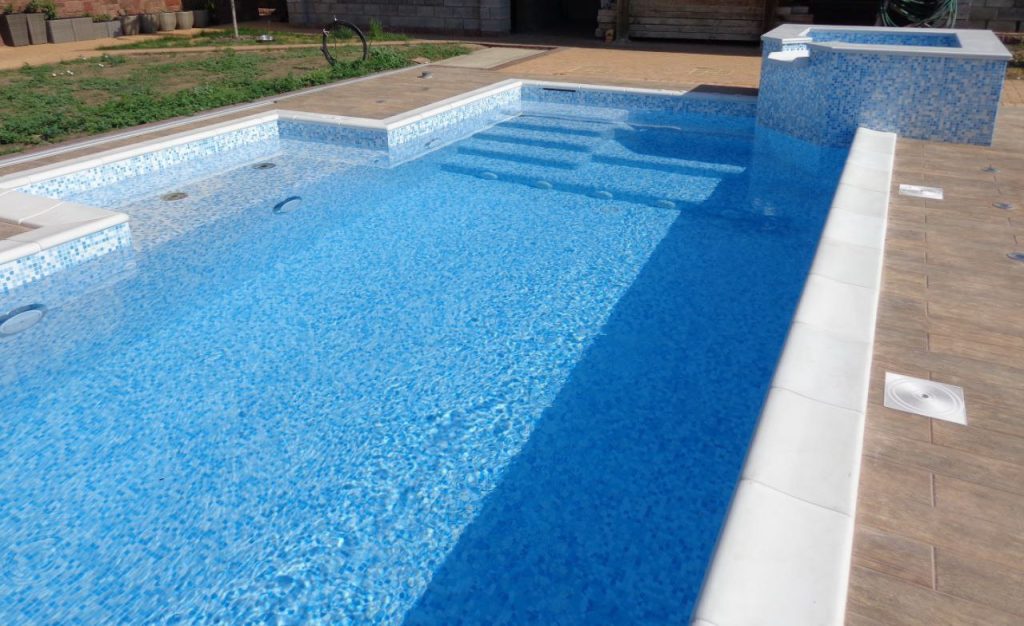Water disinfection using active oxygen in combination with ultraviolet light
UV irradiation has long been used in various fields and industries, including for disinfection of water in the pool. This progressive method of destroying harmful microorganisms puts the quality of water treatment at a level higher than all traditional methods. UV “finishes off” bacteria weakened by oxygen, makes the water crystal clear. With the development trends of the use of active oxygen with ultraviolet light, it gives an excellent result, a softer disinfection of water.

Advantages of this type of disinfection:
– no smell of chlorine when disinfected with active oxygen
– no irritation of the skin and eyes
– the quality of the water creates a pleasant feeling as if you are bathing in clean natural water
– after bathing, the skin does not dry out, the hair does not become brittle
– particularly gentle effect on the skin (confirmed by dermatological examination conducted by the Gelsenkirchen Institute of Hygiene and the Münster Institute of Dermatological Tests)
– The use of ultraviolet light reduces the consumption of chemical reagents.
The use of ultraviolet light brings the quality of the water closer to natural water, and active oxygen makes it safer.
For customers with increased sensitivity to chlorine, FACEPOOL specialists recommend this method of water purification.
Water disinfection using salt electrolysis
Water treatment by salt electrolysis disinfects and prevents skin and eye irritation, and also frees us from the need to use chemical reagents. This method is a natural and safe option for swimming in crystal clear water. It is used for brackish and sea water.
Electrolysis plants produce highly active chlorine for further water disinfection. Salt and water are used as the starting components. Electric current is used as the energy carrier.

Safety of using the water disinfection unit:
– No harmful effects on the environment
– No need for special safety measures
– No risks during operation, such as those on chlorine gas systems
– No need for transportation of dangerous goods
– No need for constant contact with chemical reagents at the place of use.

